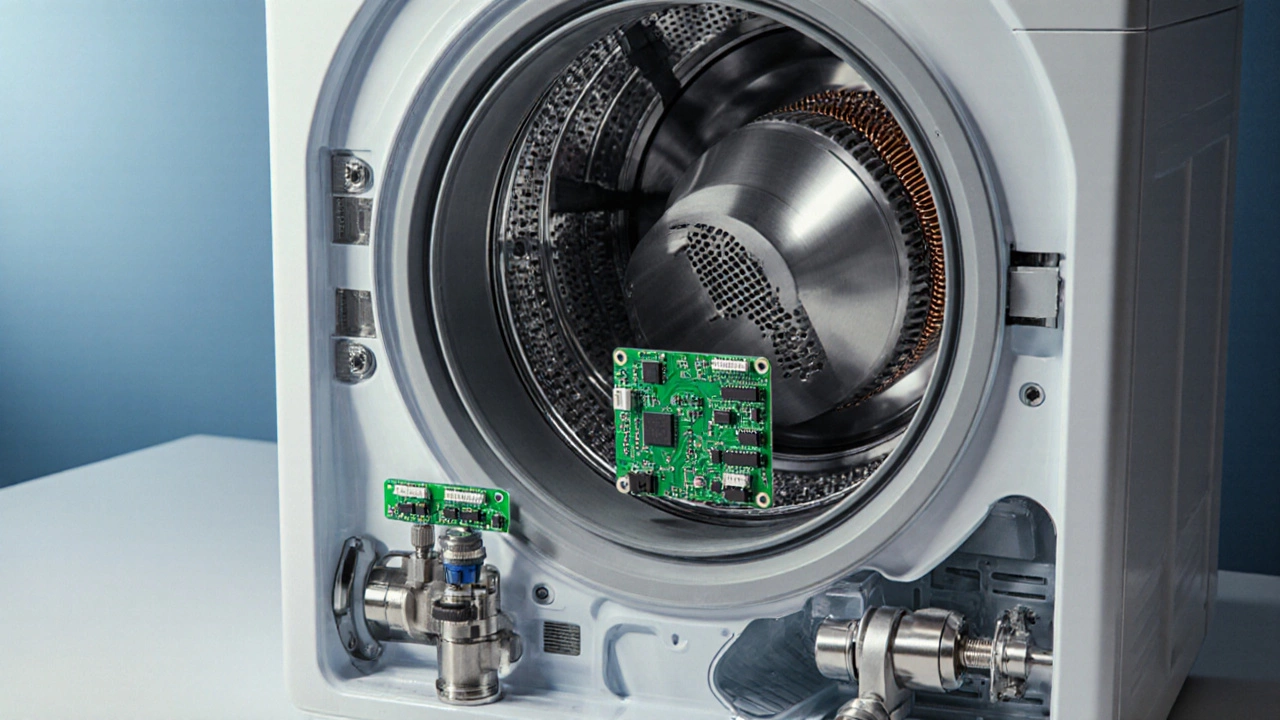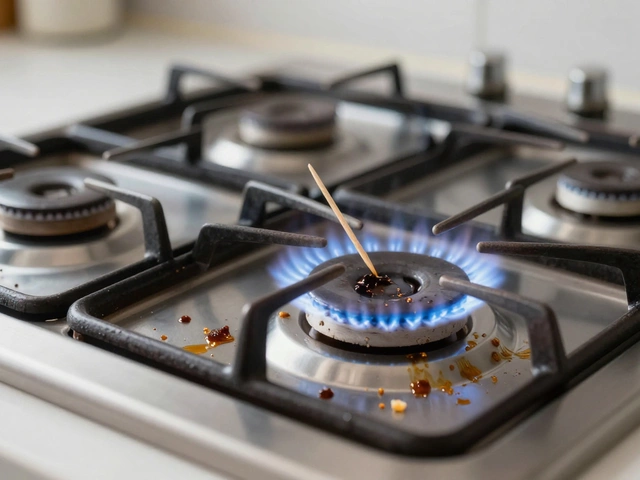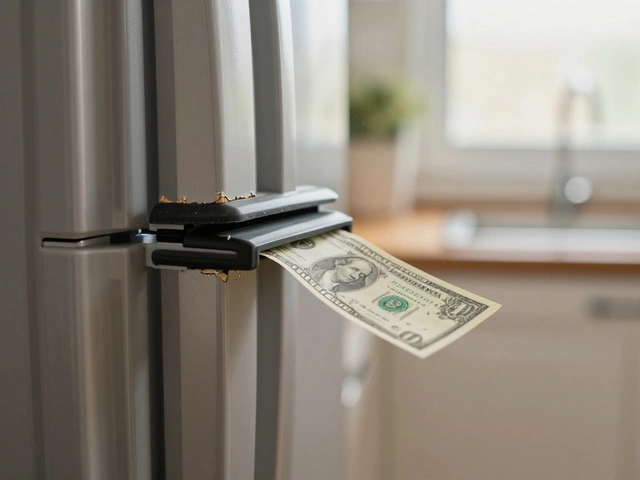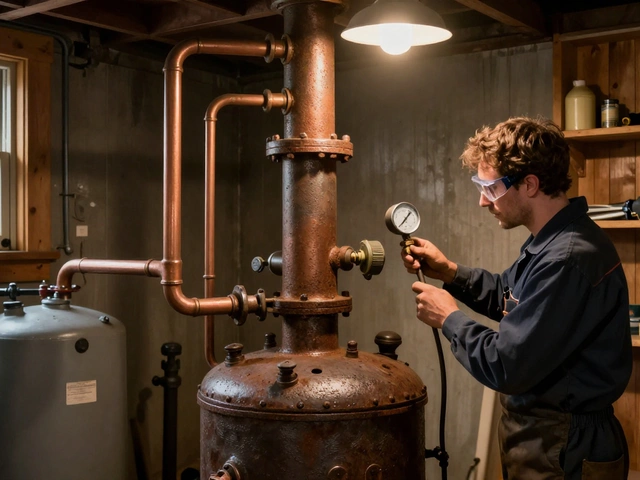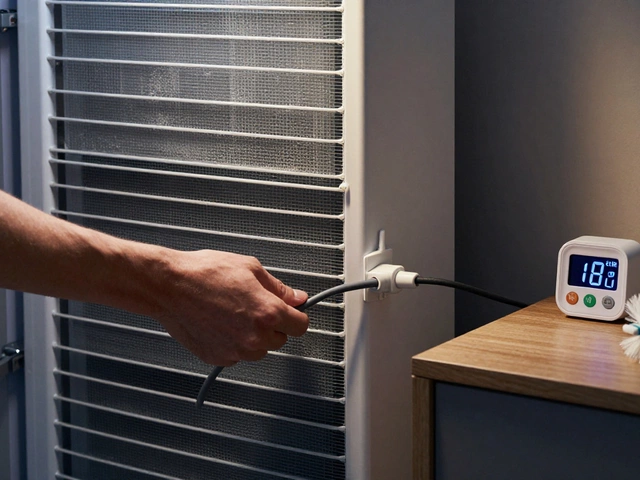Washing Machine Repair Cost Estimator
Washing Machine Repair Cost Calculator
When your Washing machine is suddenly making strange noises or refuses to spin, the first question that pops into most homeowners' heads is “how much will this fix cost?” Knowing the expensive washing machine parts helps you decide whether you should repair, replace, or simply live with the issue a while longer.
Why the Cost of a Single Part Matters
Unlike a leaky faucet, a faulty appliance component can quickly turn a modest repair bill into a six‑figure headache if you’re not aware of what you’re dealing with. The most pricey parts often involve complex electronics or heavy‑duty mechanics, which means higher parts price, labor hours, and sometimes the need for specialized tools. Understanding which component carries the biggest price tag lets you prioritize preventive maintenance and budget more realistically.
Top Costly Components in Modern Washing Machines
Below are the parts that typically top the price‑list for a standard front‑load or top‑load machine.
- Drum motor is a the electric motor that drives the wash tub’s rotation and spin cycles. This motor is built to handle heavy loads and high speeds, which is why it commands a premium price.
- Control board (or main PCB) acts as the brain, coordinating water flow, temperature, timing, and spin speeds. Advanced diagnostics, touch‑screen displays, and Wi‑Fi modules increase its cost.
- Pump is a the centrifugal or impeller device that drains water from the tub after each cycle. A failure often requires a complete pump assembly replacement, which isn’t cheap.
- Water inlet valve controls the flow of hot and cold water into the machine. Modern valves contain solenoids and electronic seals that raise the price.
- Door latch & lock ensures the door stays sealed during operation. High‑end models use electromechanical locks that can cost as much as a drum motor.
- Tub bearings support the rotating drum. When they wear out, the machine can become unbearably noisy, and the replacement often requires disassembly of the entire tub.
Typical Replacement Cost Breakdown (2025 US & Canada)
| Component | Part price (USD / CAD) | Labor (hours) | Total estimate (USD / CAD) |
|---|---|---|---|
| Drum motor | $350‑$550 / $470‑$730 | 2‑3 | $500‑$850 / $670‑$1,140 |
| Control board | $250‑$400 / $340‑$540 | 1‑2 | $350‑$600 / $470‑$820 |
| Pump assembly | $120‑$250 / $160‑$340 | 1‑1.5 | $200‑$380 / $270‑$500 |
| Water inlet valve | $80‑$150 / $110‑$200 | 0.5‑1 | $130‑$250 / $190‑$340 |
| Door latch/lock | $90‑$180 / $120‑$240 | 0.5‑1 | $150‑$270 / $200‑$340 |
| Tub bearings | $150‑$300 / $210‑$420 | 2‑3 | $300‑$550 / $420‑$770 |
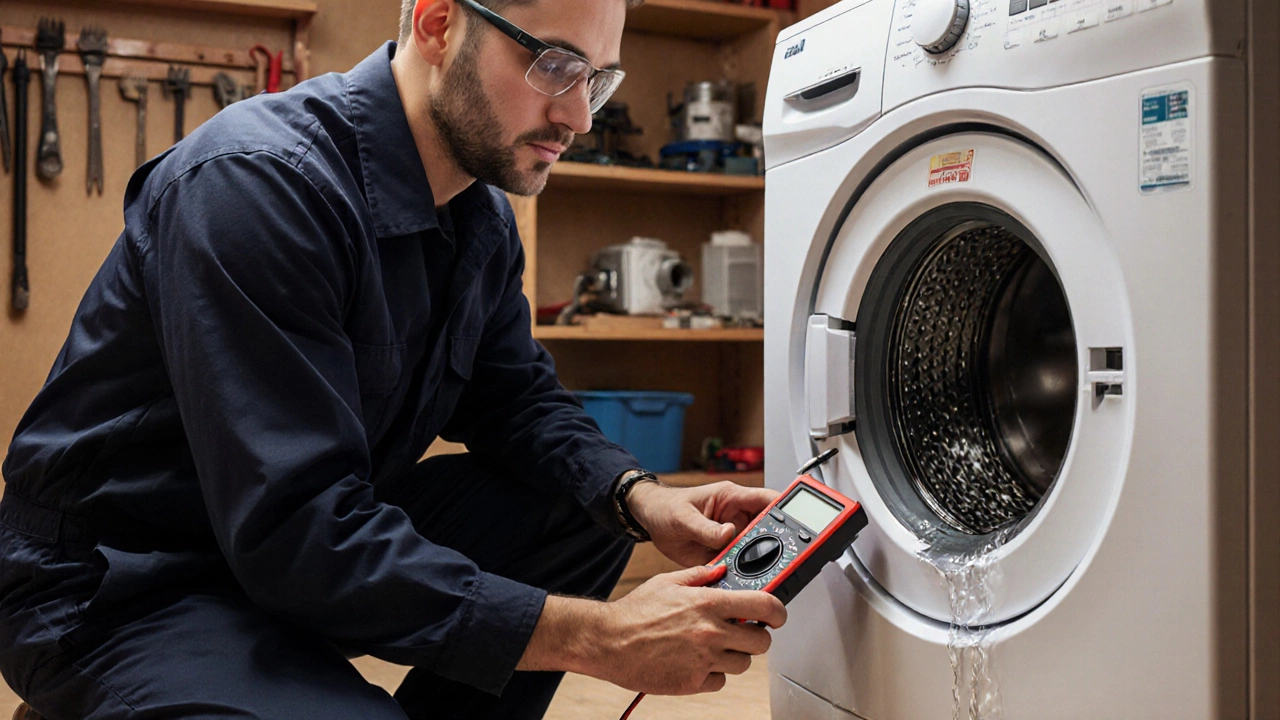
How to Spot a Failing High‑Cost Part
Knowing the symptoms can save you a surprise bill.
- Drum motor problems: The machine won’t spin, makes a grinding or humming noise, or stops mid‑cycle. You may also notice the tub not turning during the wash phase.
- Control board failures: Random error codes appear on the display, cycles end abruptly, or the machine refuses to start despite a power connection.
- Pump blockage: Water remains in the drum after the cycle, or you hear a whirring sound followed by a sputter as the pump struggles.
- Inlet valve leaks: Water drips from the back of the machine even when it’s off, or you get a “no water” error.
- Door lock issues: The door won’t lock, causing the machine to pause, or you hear a clicking sound but the lock never engages.
- Bearings wear out: A loud rumbling or roaring noise increases as the spin speed rises. The machine may vibrate excessively.
Repair vs. Replace: Making the Right Call
When the cost estimate approaches or exceeds half the price of a new unit, many homeowners wonder if it’s wiser to buy a new washer. Here’s a quick decision framework:
- Age of the appliance: If the machine is older than 10‑12 years, parts may be harder to find, and the overall reliability is lower.
- Warranty coverage: Some manufacturers still honor extended warranties on certain components like the motor or control board.
- Energy efficiency: New models often consume 20‑30 % less electricity and water, offsetting the upfront cost over a few years.
- Frequency of other problems: If you’ve already replaced the pump and inlet valve in the past 2‑3 years, the likelihood of another major failure is high.
Use this rough formula: Repair cost ÷ (Average price of new comparable washer) < 0.5 → repair; otherwise, replace. For a mid‑range 5‑kg front‑load model priced around $900 / $1,200, a $550 motor replacement is borderline; many choose a replacement for peace of mind.
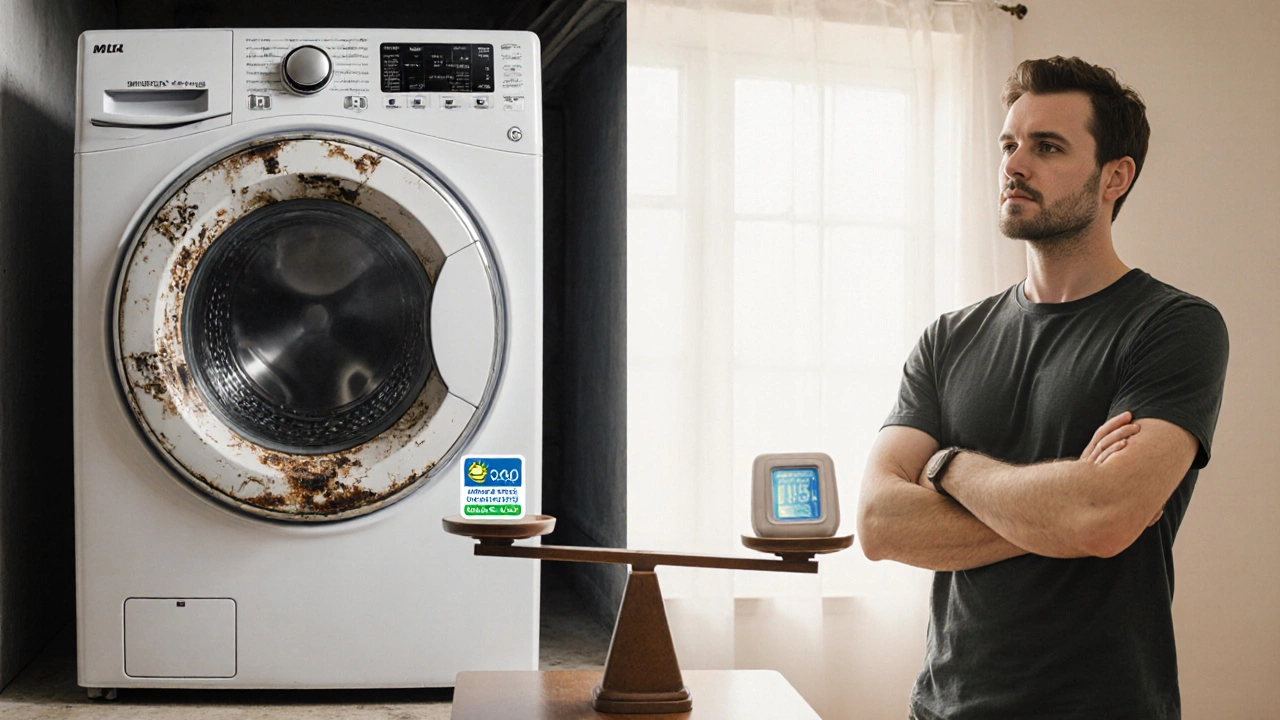
Preventive Maintenance Tips to Dodge Expensive Calls
Regular care can keep the pricey components humming along.
- Keep the drum clean: Run a monthly “clean cycle” with vinegar or a commercial washer cleaner to prevent motor burnout from residue buildup.
- Check the inlet hoses: Look for kinks or mineral deposits that can strain the water inlet valve.
- Inspect the pump filter: Many front‑loaders have a removable lint trap. Clean it after each wash to avoid pump clogging.
- Level the machine: Uneven legs cause excess vibration, accelerating bearing wear.
- Use the right detergent: Over‑foaming can lead to suds getting into the pump, forcing a premature replacement.
Quick Checklist Before Calling a Technician
- Identify the symptom (no spin, error code, leak, noise).
- Search the user manual for troubleshooting steps.
- Reset the machine by unplugging for 2 minutes - many electronic glitches clear.
- Note the model number and age - handy for parts pricing.
- Get three quotes for the suspected part; compare labor rates.
- Decide repair vs. replace using the cost‑to‑value ratio.
Frequently Asked Questions
Which part usually costs the most to replace?
The drum motor and the control board are typically the priciest, each ranging from $350 to $550 (USD) before labor.
Can I replace the motor myself?
It’s possible for experienced DIYers, but motor replacement often requires removing the cabinet, disconnecting high‑voltage wiring, and re‑balancing the drum. If you’re not comfortable with those steps, a professional is safer.
How long does a motor replacement usually take?
Professional technicians typically need 2‑3 hours, including cleanup and a test run.
Is it worth repairing a 12‑year‑old washer?
Often not, especially if the repair exceeds $500. New, energy‑efficient models can save money on utility bills and are covered by a fresh warranty.
What are the early signs of bearing failure?
A deep rumbling that gets louder as the spin speed increases, plus excess vibration, usually indicate worn tub bearings.
